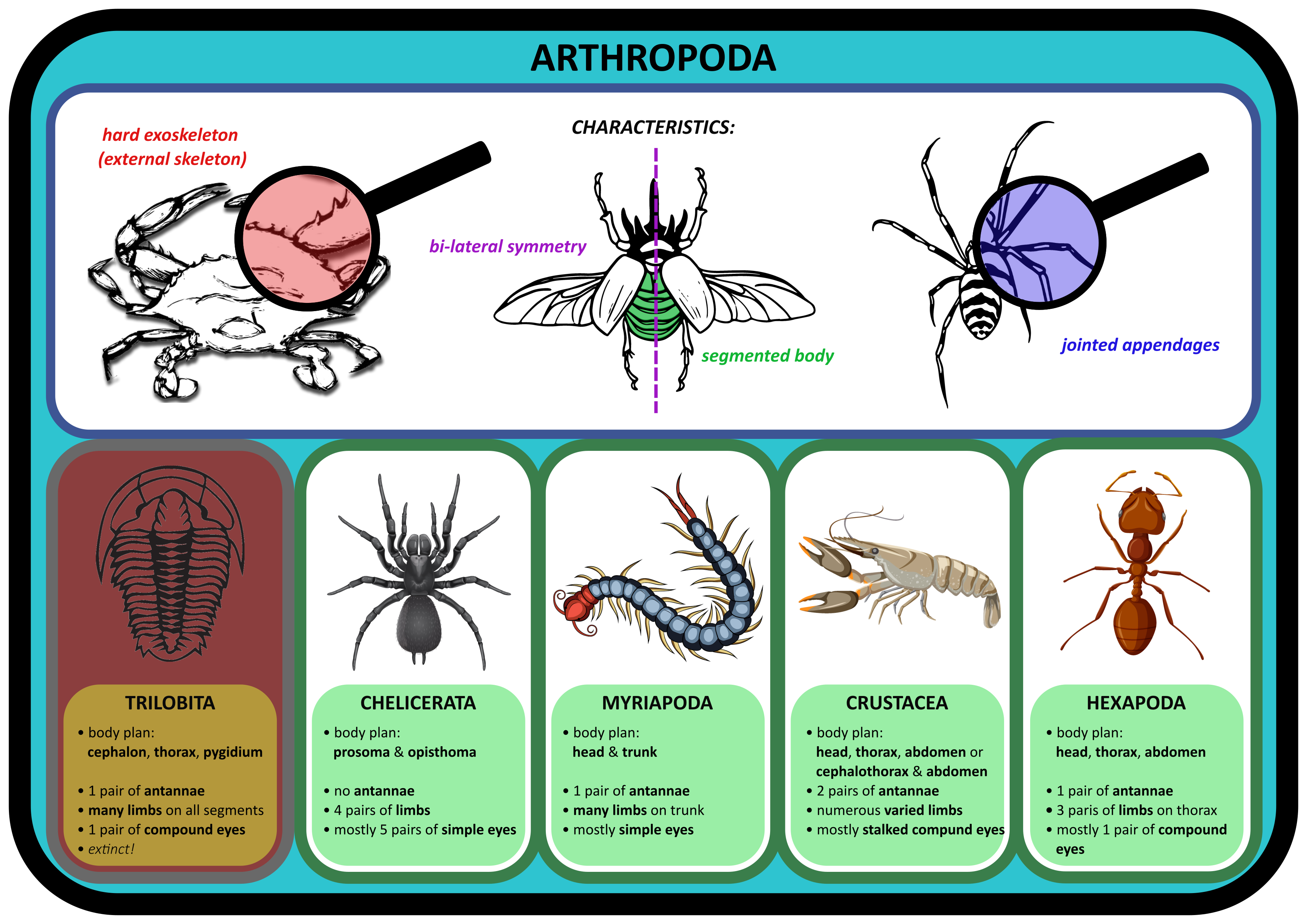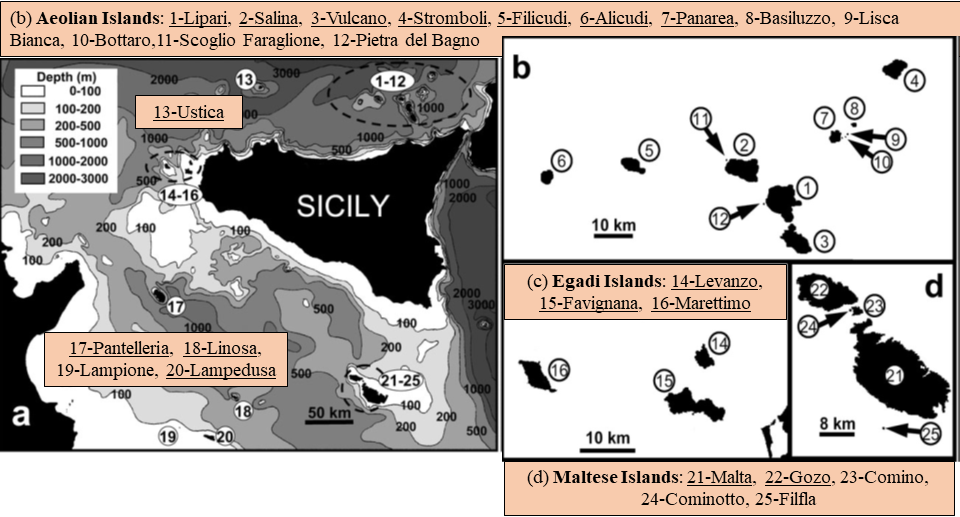

Volunteers need to download the Epicollect5 app [android/apple] to and add the project 'PALEOSIM' (or the Italian version PALEOSIM_IT).
The instructions on how to download and use the app can be found here: PALEOSIM How-To Epicollect5 [PDF]
NOTE: Please read below to learn more about the objectives of the program and how to participate.
What is the Citizen-science Observation Program?
PALEOSIM includes field observations of arthropods in their habitats, and a Citizen-science Observation Program designed to support these efforts. This involves taking photos of these animals undisturbed in their natural habitat. This will allow us to visualize the distribution of arthropod species in the study region, and verify the results of the study with observations of actual species in the region.
The Citizen-science Observation Program encourages participants from Malta and the Circum-Sicilian islands to be a part of the project by taking photos of arthropods they see within the study region and logging them in with the coordinates of the location where the photo was taken.
This page is dedicated to provide the information needed for volunteers to participate in this program.
What are arthropods?
Arthropods are a major group of animals that have an exoskeleton (external skeleton) and paired jointed appendages (often with many pairs of limbs) that give them their name, which translates from Ancient Greek to "jointed foot". They also posses bi-lateral symmetry and a segmented body.
They are divided into four major groups (excluding the extinct Trilobites): the chelicerates (ex. spiders, scorpions, and horseshoe crabs), the myriapods (ex. centipedes, millipedes), crustaceans (ex. shrimps, crabs, woodlice), and hexapods (mostly insects ex. ants, bees, beetles, butterflies, mantises, wasps).
According to Minelli et al. (2013), the group is made up of over 1.2 million described species, of which over 1 million are hexapods (mostly insects), almost 112,000 chelicerates, approximately 67,000 crustaceans, and around 12,000 myriapods. These are the animal groups that PALEOSIM will focus on, specifically land-dwelling arthropods, which are also summarized in the image below.
Source: Minelli A, Boxshall G, Fusco G (2013). 'An Introduction to the Biology and Evolution of Arthropods', In Minelli A, Boxshall G, Fusco G (eds.), Arthropod Biology and Evolution. Springer: Heidelberg, New York, Dordrecht, London. https://doi.org/10.1007/978-3-642-36160-9_1

Image credits: This image was designed using arthropod images from Freepik.com and Pinclipart.com
What is the study region?
The project focuses on the small islands surrounding Sicily, referred to as the Circum-Sicilian Islands. This island chain is made up of 25 islands, among which are three archipelagos (the Aeolian, Egadi, and Maltese Islands). The image below shows these islands, as described by Fattorini (2011); the underlined names describe the islands that are large enough to be visualized in our high-resolution climate simulations.

Source: Fattorini S (2011). 'Biogeography of tenebrionid beetles (Coleoptera: Tenebrionidae) in the circum-Sicilian islands (Italy, Sicily): Multiple biogeographical patterns require multiple explanations', Eur. J. Entomol., 108(4), 659-672. doi: 10.14411/eje.2011.084
How can you participate?
In order to participate you will first need to install the Epicollect5 app on your phone, and include the project "PALEOSIM" to it. The instructions to download and use the app can be found here: PALEOSIM How-To Epicollect5 [PDF]
Once you have the app, anytime you're outdoors and notice an arthropod try and take as many photos (from different angles) as you can using your phone (trying to be as clear and as close as possible). As soon as you're ready open the app and log in an entry (this needs to be done straight away as the location cannot be changed manually).
Always remember to avoid any interaction with the animals (some may be protected/endangered or dangerous), for your safety and theirs, and minimize your impact on the habitat by replacing any rocks or logs that you may have moved.
Note: We understand that flies, mosquitoes, and cockroaches are very abundant in the urban environment but since the project is focusing on natural habitats, there is no need to make such entries unless you encounter such an example in a non-urban environment.
Safety First!
Your safety (and that of others) is more important than any image or entry. You are encouraged to be vigilant and stay safe at all times. Here are some helpful suggestions that you can follow whilst doing your own field-observations.
You can also consider taking a first-aid course (or a refresher course).
The University assumes no responsibility or liability, in whole or in part, for any injuries, expenses, or illegalities undertaken by the volunteers who choose to participate in this program. The volunteers are solely responsible for their actions and decisions.
Note: no email address or any personal details will be collected from the volunteers.
For additional information or queries please contact us.